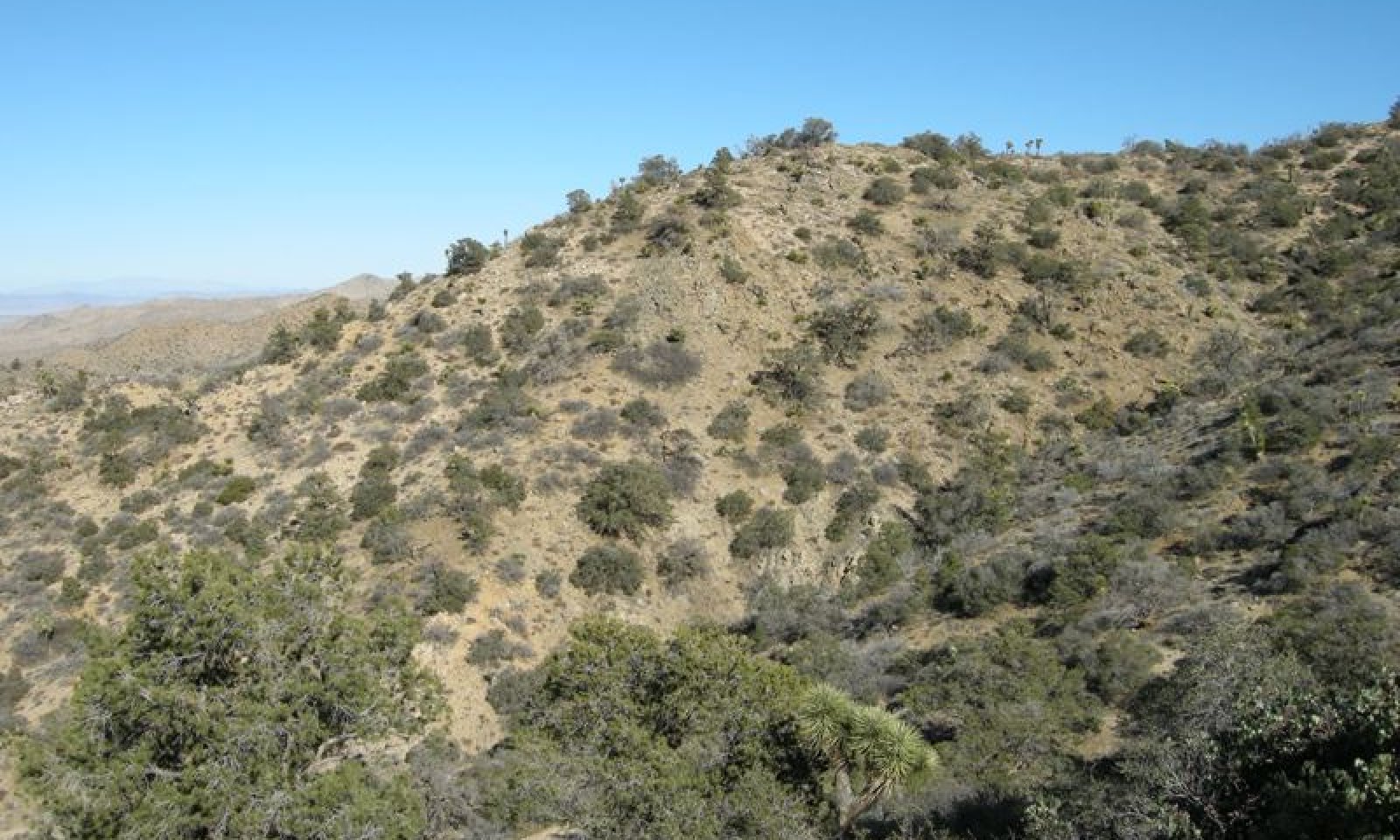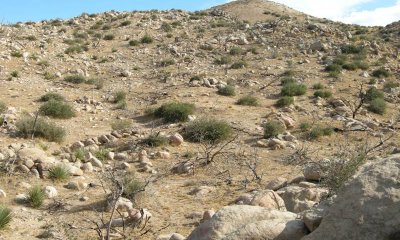
Sandy Xeric-Intergrade Slopes
Scenario model
Current ecosystem state
Select a state
Management practices/drivers
Select a transition or restoration pathway
- Transition 1A More details
- Transition T2A More details
- Restoration pathway 1 More details
-
No transition or restoration pathway between the selected states has been described
Target ecosystem state
Select a state
Description
This state is similar to State 2.0, but Historic State 1.0 contains only native species. If dynamics were included in this state, they would be similar to those displayed in State 2.0. The presence of exotic species in State 2.0 may increase fire frequency and intensity from that experienced in Historic State 1.0
Submodel
Description
There are three community phases maintained by the current natural conditions for this ecological site.
Submodel
Description
This state develops with recurrent fire (fire return interval < 10 years). It is characterized by the loss of single leaf pinyon pine, California juniper, bigberry manzanita and blackbrush, and dominance by Mullers’ oak. There is one known community phase for this state maintained by frequent high intensity fires.
Submodel
Mechanism
Exotic forbs and grasses are introduced to the Historic State. Some areas of this ecological site may only contain trace amounts of exotic plant species. Exotic species are well adapted to the desert climate. Attempts to eradicate this species may be in vain as seed sources are widespread throughout the state of California and the Southwest.
Mechanism
This transition may occur with recurrent fire.
Mechanism
Restoration of communities severely altered by repeat fire at the landscape scale is extremely difficult, and especially so on the steep, rugged and remote slopes of this ecological site. Methods may include aerial seeding of early native colonizers such as sandberg bluegrass, desert needlegrass, desert globemallow, and deervetch. Increased native cover may help to reduce non-native plant invasion, helps to stabilize soils, provides a source of food and cover for wildlife, and provides microsites that facilitate California juniper establishment. However, the amount of seed required for success is often prohibitive. Stabilization of soils using mulch or straw is sometimes used on severe burns on steep slopes to prevent soil erosion, but the effectiveness of this is not clear, and in National Park lands, the benefits of introducing foreign material into wilderness have to be carefully weighed with the potential benefits. Large-scale planting of both early colonizers and community dominants tends to be more successful than seeding, especially if outplants receive supplemental watering during the first two years. Bigberry manzanita, an obligate fire-seeder with a limited seedbank in desert communities, would need to be outplanted, or seeds heat-treated prior to introduction. Pre-emergent herbicides (Plateau) have been used in the year immediately post-fire to attempt to inhibit or reduce brome invasion. How successful this is on a landscape scale, and the non-target effects have not yet been determined.
Model keys
Briefcase
Add ecological sites and Major Land Resource Areas to your briefcase by clicking on the briefcase (![]() ) icon wherever it occurs. Drag and drop items to reorder. Cookies are used to store briefcase items between browsing sessions. Because of this, the number of items that can be added to your briefcase is limited, and briefcase items added on one device and browser cannot be accessed from another device or browser. Users who do not wish to place cookies on their devices should not use the briefcase tool. Briefcase cookies serve no other purpose than described here and are deleted whenever browsing history is cleared.
) icon wherever it occurs. Drag and drop items to reorder. Cookies are used to store briefcase items between browsing sessions. Because of this, the number of items that can be added to your briefcase is limited, and briefcase items added on one device and browser cannot be accessed from another device or browser. Users who do not wish to place cookies on their devices should not use the briefcase tool. Briefcase cookies serve no other purpose than described here and are deleted whenever browsing history is cleared.
Ecological sites
Major Land Resource Areas
The Ecosystem Dynamics Interpretive Tool is an information system framework developed by the USDA-ARS Jornada Experimental Range, USDA Natural Resources Conservation Service, and New Mexico State University.




